The Generational Divide: Recruiting Employees Across Different Generations
Today's workforce currently includes four generations: Baby Boomers, Generation X, Millennials, and Gen Z. With so many differing ideals and motivators, avoiding conflict and fostering cohesion between these age groups is essential. To create a robust and diverse workplace, examine your recruitment process, job advertising, employee benefits offerings, and internal culture to ensure that you’re attracting and retaining the best talent.
What Differentiates the Four Generations Found in the Workforce Today?
Generations are demographic groups arranged by birth years that are often defined and affected by significant cultural or historical events within their lifetimes. For example, the Greatest Generation (born in 1901 – 1924) lived through the Great Depression and World War II, whereas Baby Boomers (born in 1946 – 1964) had the 60s counterculture, civil rights movements, and the Vietnam War that set the tone within their lifetimes.
Technology and the internet are significant factors for the four most recent generations currently in the workforce. Boomers adopted technology as older adults, while Gen X (born in 1965 – 1980) was the first to have access to personal computers. Meanwhile, Millennials (born in 1981 – 1996) and Gen Z (born in 1997-2012) are "digital natives" who have had internet access for most, if not all, of their lives.
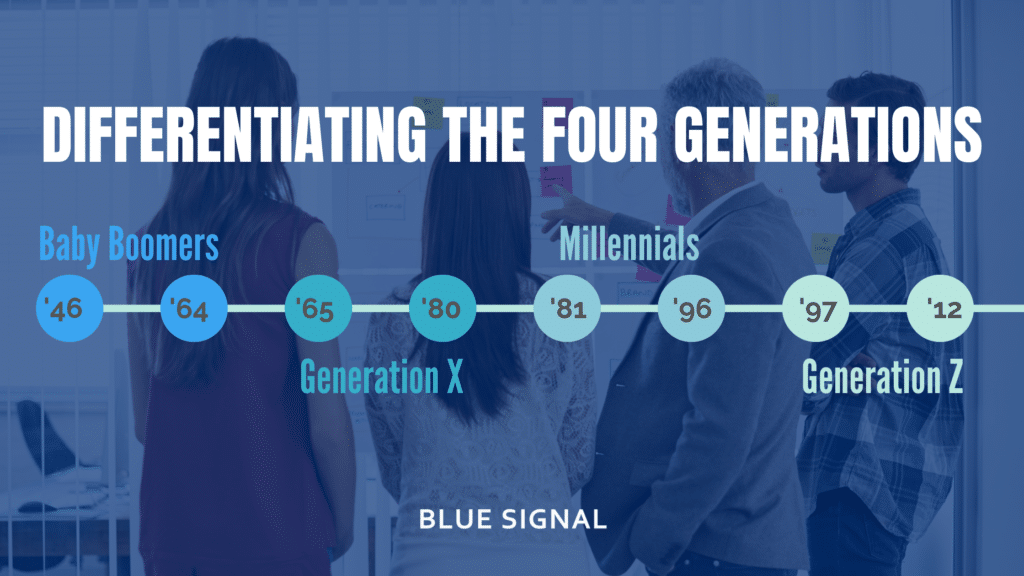
Recruiting Boomer, Gen X, Millennial, and Gen Z Talent
When setting up your digital recruitment strategy to attract diverse and talented employees, you'll want to reach your target audience where they are and keep job seekers' goals in mind while marketing the position to candidates. For generations across the board, you can feel free to forgo print media. Boomers might not be digital natives, but most have smartphones, and many are active social media users.
In addition to platforms like LinkedIn and third-party job boards, consider mobile and SMS advertising. Using various media tactics and communication channels such as social media goes a long way toward maximizing your recruiting potential across different generations.
Best Practices for Advertising Jobs & Benefits to Multigenerational Candidates
While there is no one-size-fits-all approach to enticing candidates with job descriptions and benefits, certain perks attract some age groups more than others. Appealing to job seekers by their generation can help you advertise your position and communicate to potential hires with exactly what your company has to offer.
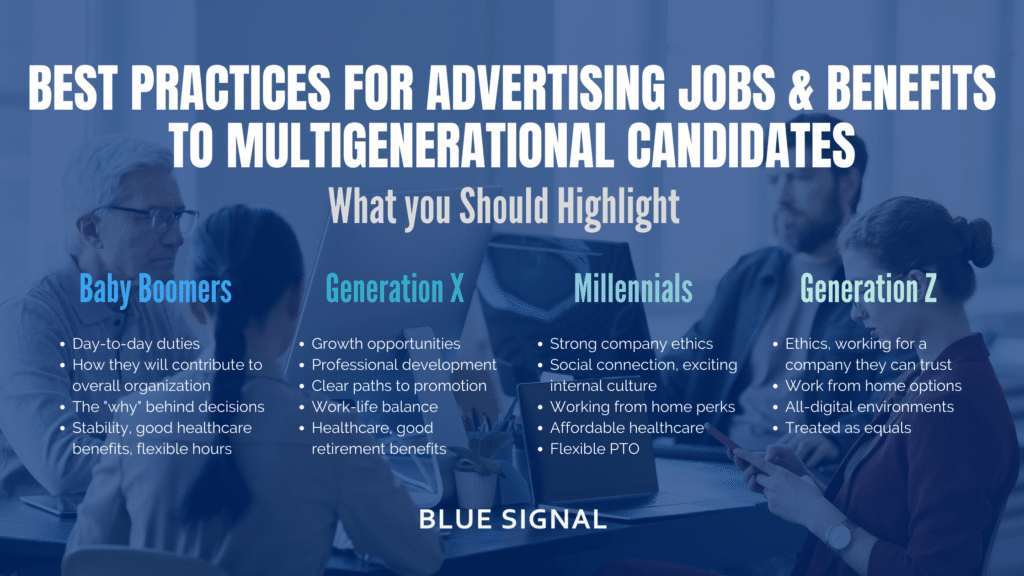
Use the following list as a general guide to what each generation finds appealing in terms of work, company culture, and benefits:
Baby Boomers
Less concerned about company culture, most Boomers want to know about day-to-day duties and how their experience can contribute to the organization. They like to hear about the why behind decisions, and how the results of their actions will support company success. These job seekers are looking for stability, good healthcare benefits, and the potential for flexible hours as they get closer to retirement.
Generation X
Most Generation X candidates will be looking for growth opportunities as well as professional development and clear paths to promotion. Work-life balance will also be important as job seekers in this generation may be caring for aging parents or children. Healthcare and good retirement benefits have strong appeal for this group.
Millennials
Company culture and ethics are important to this age group. Most Millennials want to work for businesses they can believe in and trust. They thrive on social connection and want to work for companies with strong internal culture. Perks like working from home, free lunches, and gym memberships, in addition to affordable healthcare and flexible PTO, attract this generation.
Generation Z (Zoomers)
Much like Millennials, the ethics of your company will be important to Gen Z. They'll want the same perks as their Millennial counterparts and typically thrive in all-digital environments or work-from-home setups. Conversely, they will not pay much mind to company culture, as long as they are treated as equals amongst peers.
Hiring managers might not be able to offer benefits that appeal across all of these demographics. However, including the benefits and perks your company offers, providing insight into day-to-day work tasks, and adding an overview of your office culture in your recruitment efforts goes a long way toward attracting a diverse workforce.
Hiring the Right Candidate
When looking to add a diverse mix of people and generations to your company, the bottom line is that you want the best of the best in terms of talent. While tailoring your recruitment advertising to attract multigenerational candidates is essential, at the end of the day, you want the best person for the job. So regardless of a candidate's specific generation, look for the following traits and concepts when making a hire:
Preparation
Regardless of a candidate's generation, job seekers should be informed and ready to talk about your company. Not only should they be able to give detailed answers about the business, its background, and its purpose, but good candidates will also have company-specific questions prepared for the interviewer.
Zeal
Look for job seekers who are genuinely interested in the position. Have they done any research into your industry? How are they keeping up with trends and technologies in this area? Employers can train skills, but you can't teach enthusiasm. Therefore, candidates who display eagerness and a drive to succeed in their field or career are ideal.
Suitability
Emphasizing company culture in an interview has two main benefits. First, noting the values and mission of your company will strongly appeal to Millennial and Gen Z candidates. Describing these dynamics and seeing how a candidate reacts can be very telling. Second, specific, detailed interview questions about how the candidate embodies or believes in these same values and mission of the business can help you determine which candidate is the best fit for your team. All the better if the candidate has questions of their own regarding culture, allowing you further insight into what their role would be in the team’s structure if brought on.
Initiative
Beyond training, potential employees need to be very self-motivated to fulfill their roles. Working from home and performing tasks with little supervision is the new normal, and employees will oftentimes have to figure things out for themselves. Asking interview questions about how candidates have taken initiative in the past or have thrived in a role with low supervision can help you make an informed hiring choice.
Best Practices to Support a Diverse Team
To support a multigenerational workforce, managers need to encourage a proactive office environment that promotes inclusion. By catering to different communication styles, offering two-way mentorships, emphasizing respect, and avoiding certain assumptions and stereotypes, companies can reduce conflicts due to different age groups in the workplace.
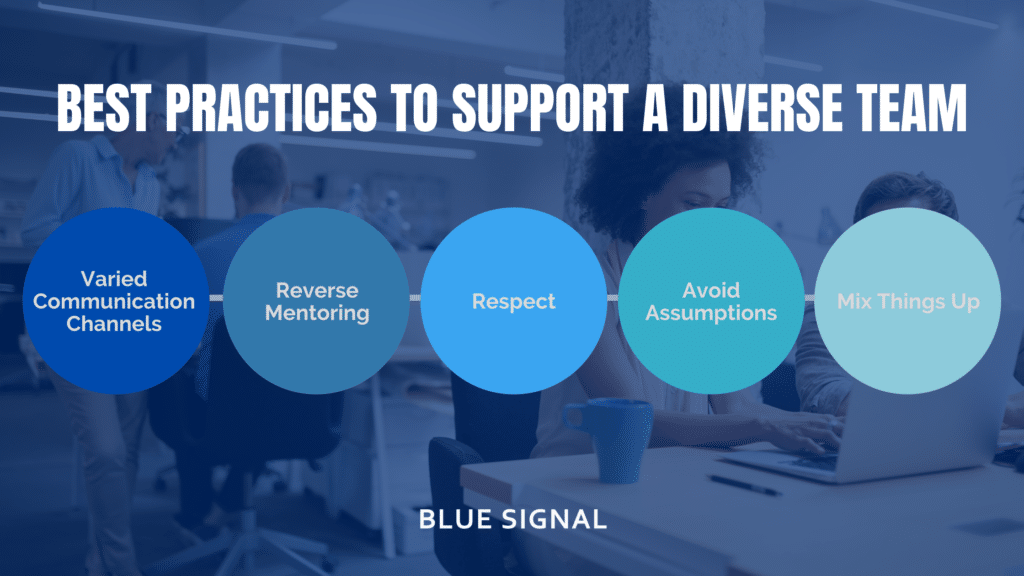
Varied Communication Channels
One factor that differs among all four generations is their communication preferences. For example, Baby Boomers often favor calls or face-to-face meetings, while many Millennials and Zoomers might prefer text or video chats. To bridge the gap and create a collaborative workspace, offer a variety of in-person meetings, calls, chats, email, and social media so everyone can use their favorite communication methods or explore new options.
Reverse Mentoring
Setting up two-way mentorships among people in different age groups has several benefits. The concept centers on both parties sharing what they know with one another without a power struggle. By pairing an older worker with a younger employee, one might gain insights from the other's extensive experience while inspiring a more tech-savvy approach to problem-solving.
Respect
Respecting workers regardless of age should be the cornerstone of your workplace culture. Acknowledging that both Boomers and Millennials have a wealth of knowledge and talent to bring to the table can break stereotypes. Placing value evenly among Generation X and Zoomers can encourage collaboration. Treating all generations as equals will strengthen relationships among colleagues.
Avoid Assumptions
Assuming what people want, based either on your own generational view or preconceived notions about others, can throw off the balance of your workplace. Instead of guessing that a younger worker might want more vacation time as a benefit rather than working from home, simply ask them. As an overarching rule of thumb, by talking with employees and finding out about which incentives/benefits, processes, or communication styles they prefer, you are more likely to retain your staff and avoid leaning into stereotypes based on age.
Mix Things Up
Fight the urge to group younger employees together with the assumption that they'll work well together or get along better. By allowing your office to settle into a natural mix, with younger and older employees working side by side, you can encourage communication and collaboration. Let workers find what they have in common on their own and discover the strengths that each individual and group brings to the table.
Beyond the Generation Gap: Life & Career Stages
Some studies suggest that the four generations' values and preferences really aren't that different, despite popular opinion on the matter. In fact, the Society for Human Resource Management (SHRM) suggests that career and life stages play a more significant role in workplace relationships and management.
For example, apartment dwelling Zoomers and Gen Xers who are single with no kids may have more in common, along with similar goals and needs, than a Boomer or Millennial with a mortgage and a family. A person's life stage is another way to define someone beyond their generation.
Similarly, Boomers who are changing careers and Zoomers fresh out of college both have to figure out how to navigate modern hiring processes and online interviews successfully. These employees may also seek out promotions to advance their new careers and increase their salaries. While appealing to the wants and needs of each generation can help recruitment, similar life and career stages often transcend differences between age groups in the workplace.
Resources for Recruiting Generations Across the Spectrum
Whether you’re looking to hire Baby Boomers, Generation X, Millennials, Gen Z, or just need the best of the best, leverage a recruiter. Recruiting firms are experts at navigating the constantly changing landscape of the job market. It’s a recruiter’s duty to represent people based on skill, looking beyond gender, generation, race, ethnicity, etc. When looking to create a robust and diverse workplace, consider engaging with a firm like Blue Signal to truly strategize your recruitment process, job advertising, employer branding, and so much more to attract and retain the best talent – no matter their generation.
About our Contributor, Hazel Bennett: Hazel Bennett is a freelance writer and blogger. She has a degree in communications and lives in Northeastern Ohio. Hazel loves writing about numerous topics and showcasing her expertise with words.






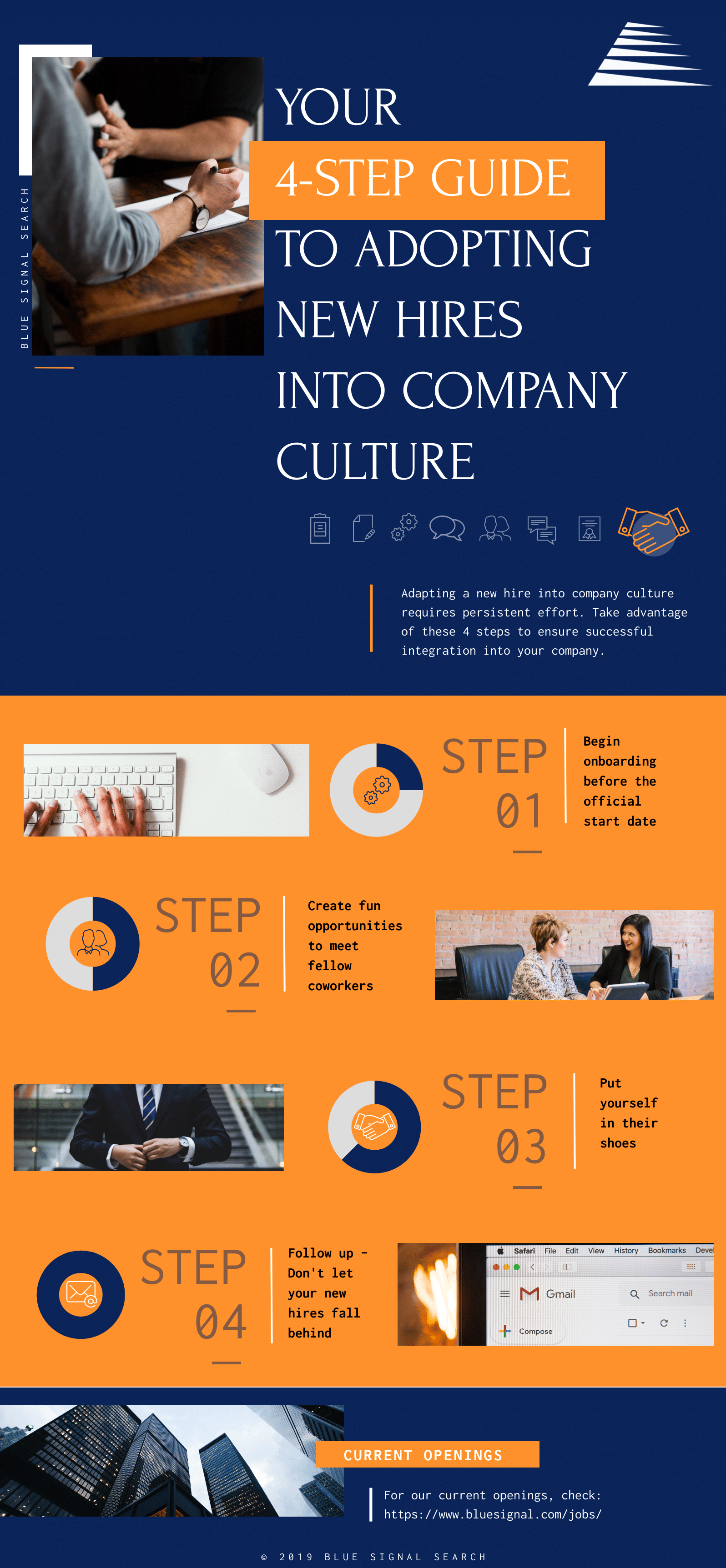
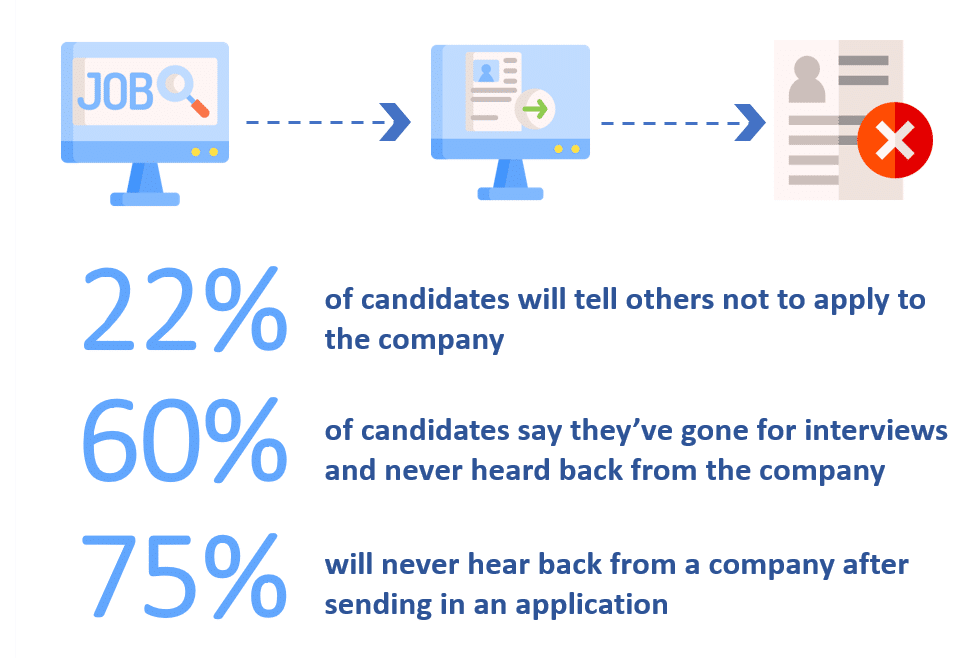


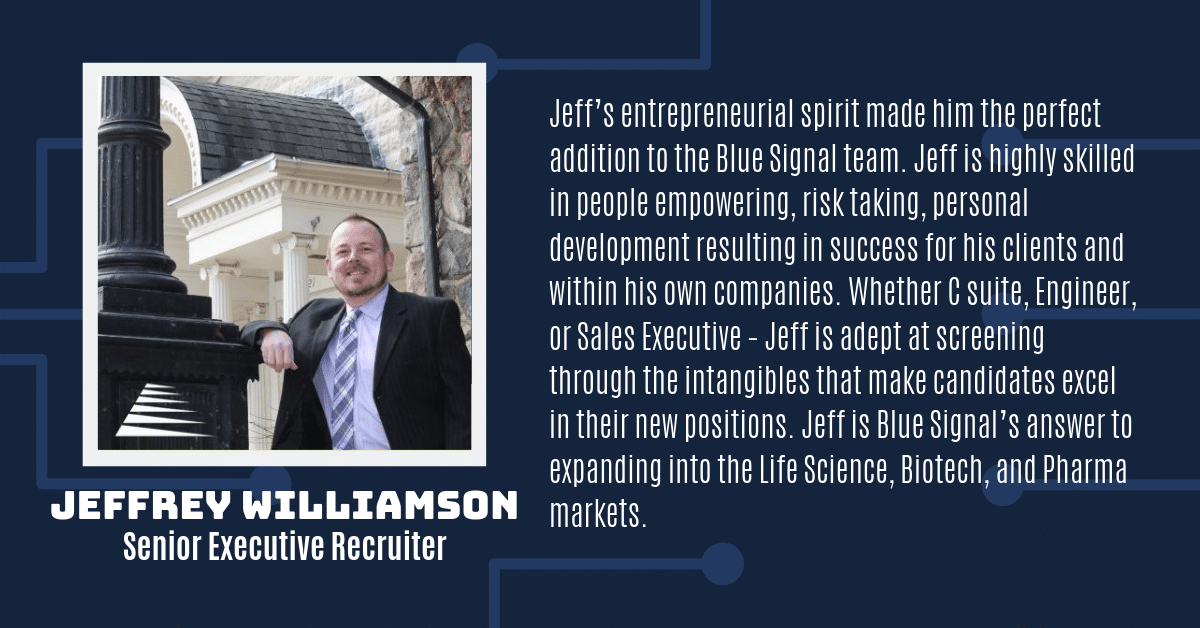
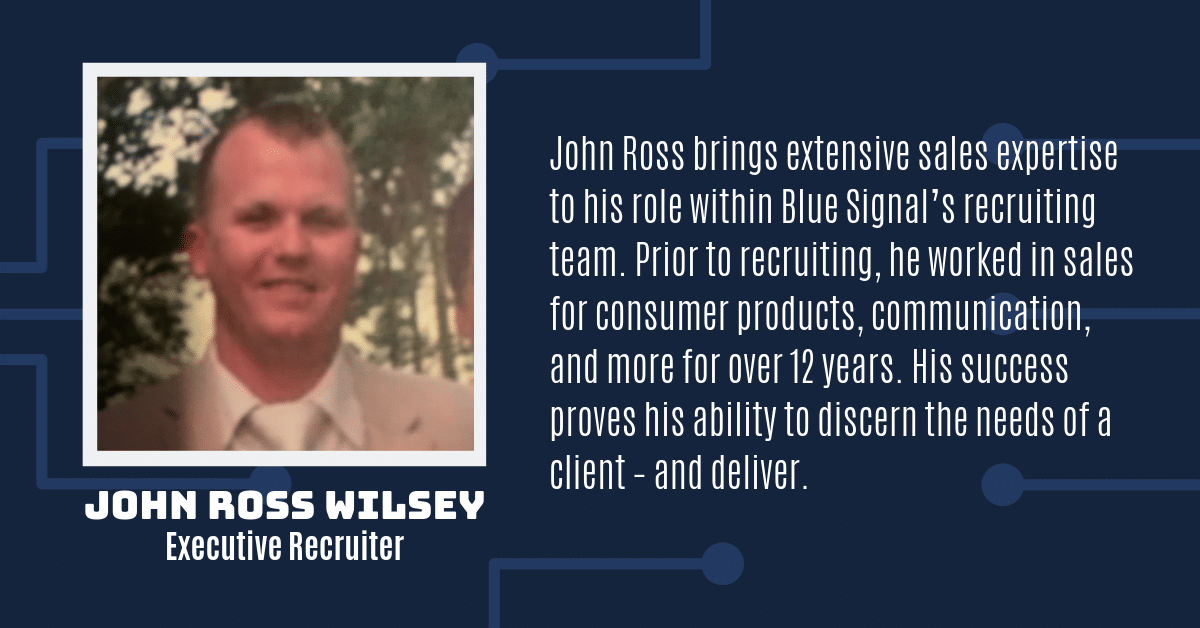
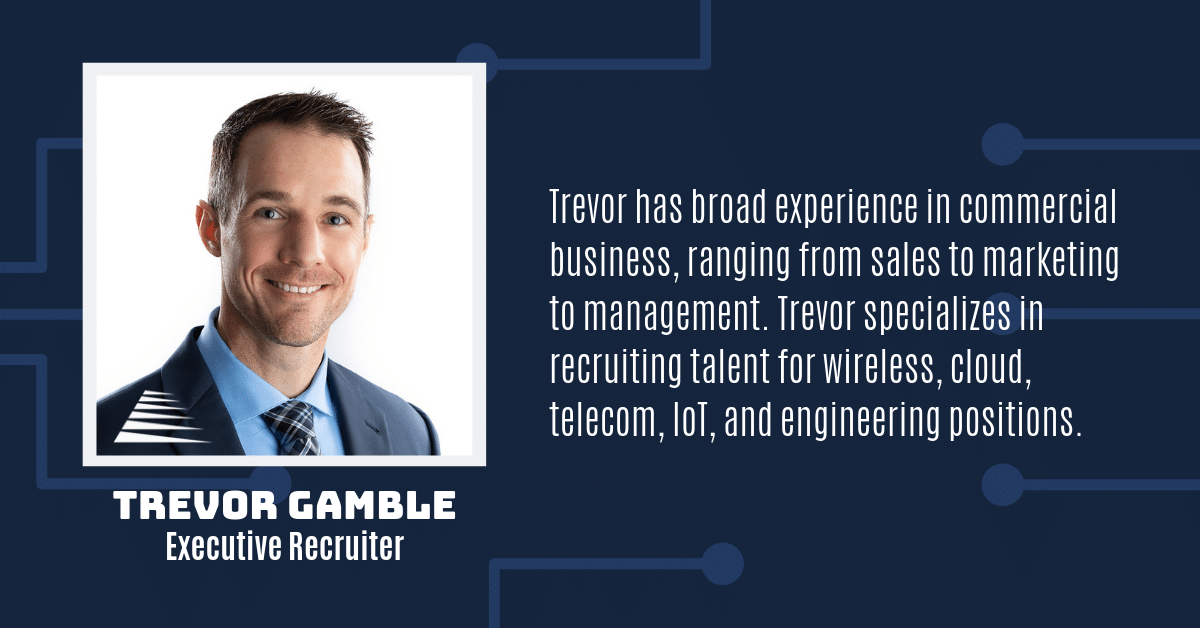

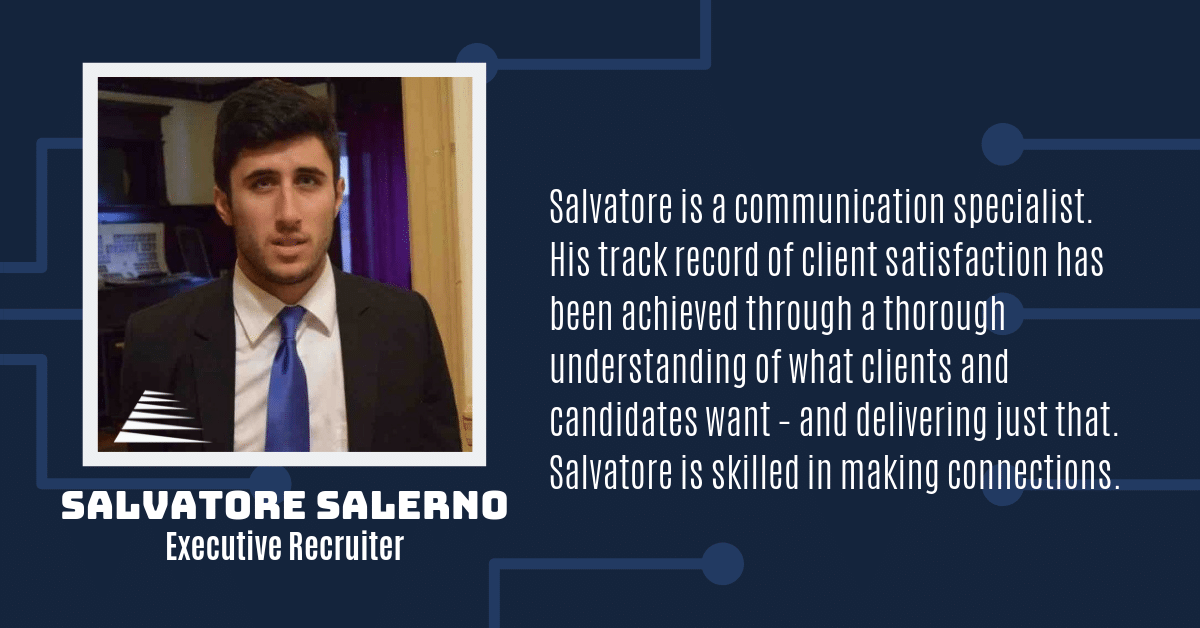

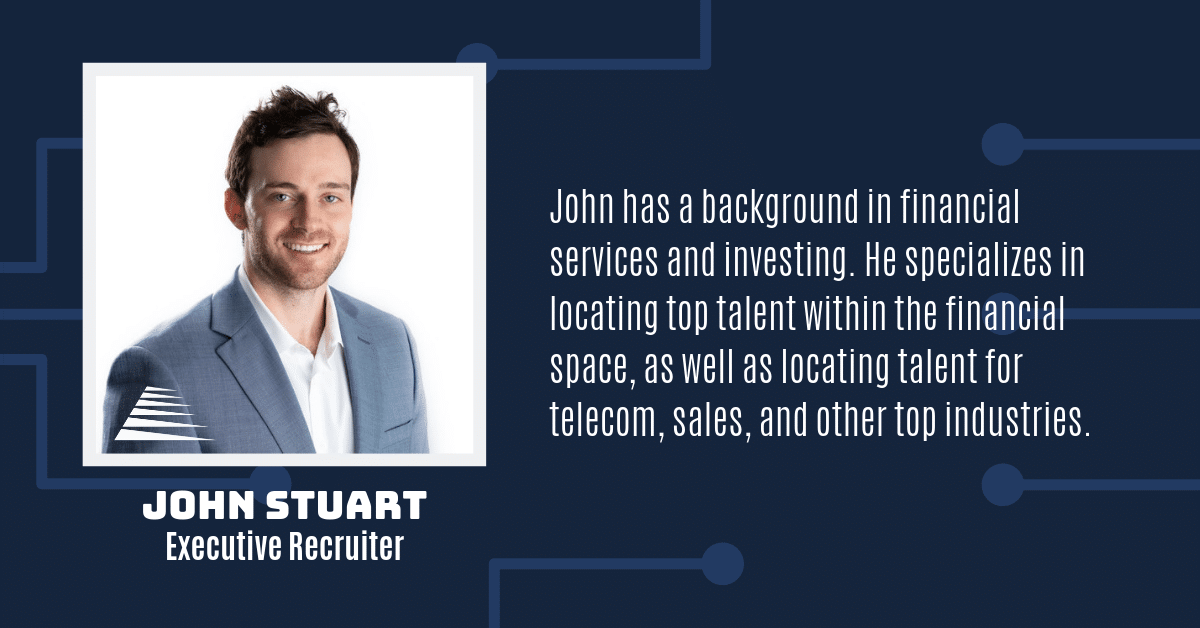
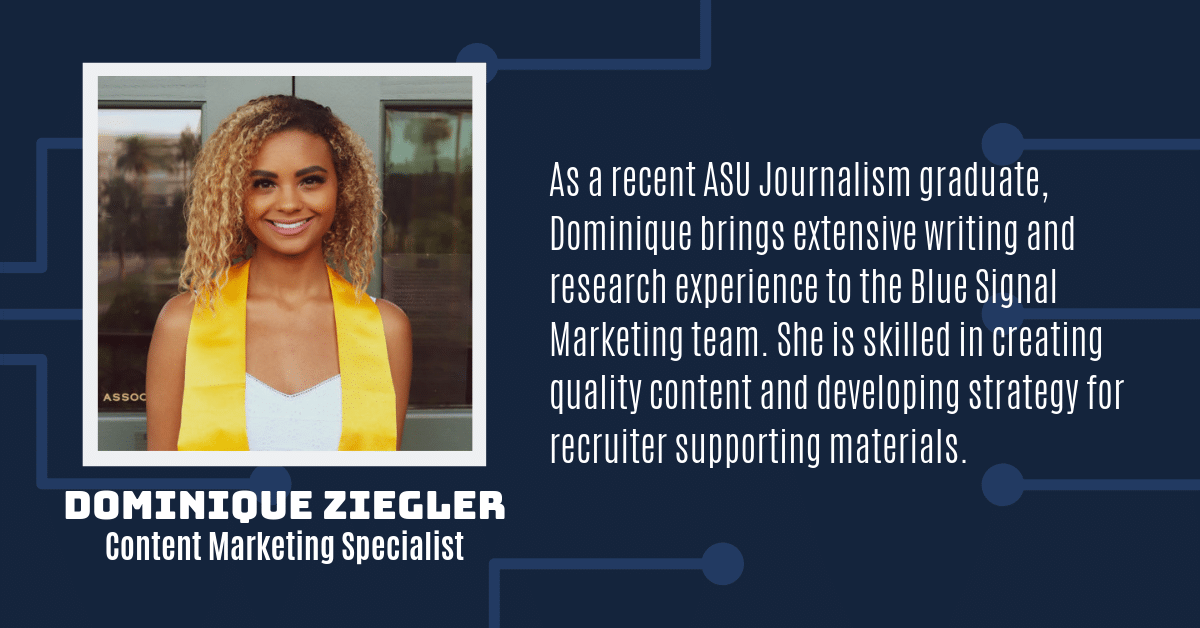
 When employees come up with new ideas and find new ways of doing things, it is a sure sign that they have good motivation and are engaged in their jobs. A quick way to kill that motivation is to gloss over their ideas. Even if the idea is totally unworkable, enthusiastic acknowledgement of their effort is critical.
When employees come up with new ideas and find new ways of doing things, it is a sure sign that they have good motivation and are engaged in their jobs. A quick way to kill that motivation is to gloss over their ideas. Even if the idea is totally unworkable, enthusiastic acknowledgement of their effort is critical.

 If the situation arose due to your mistake, own it and provide an action plan (if appropriate) to correct what went wrong. Rather than insisting on fairness, list the positive results that you can achieve and how you plan to get there.
If the situation arose due to your mistake, own it and provide an action plan (if appropriate) to correct what went wrong. Rather than insisting on fairness, list the positive results that you can achieve and how you plan to get there.
